My Unfiltered Guide to Growing Incredible Baby’s Breath
I’ve spent what feels like a lifetime with my hands in the dirt, and for a good chunk of that time, I was surrounded by baby’s breath. I started out in a bustling flower shop where we’d get buckets of the stuff, which we all just called ‘gyp.’ Later, I was managing commercial cutting gardens, growing it by the acre. So believe me when I say I’ve seen what makes this plant sing and what makes it completely give up.
In this article
A lot of folks just see it as a simple filler flower, something to tuck into a bouquet. But honestly, when you get to know it, you realize it’s this tough, gorgeous plant with a mind of its own. Growing it well isn’t about just tossing some seeds and hoping for the best. It’s about understanding what it really wants from its soil and its spot in your garden.
This is basically my brain dump of everything I’ve learned—the tricks I’ve taught to new gardeners and the hard lessons I learned from my own mistakes. We’re going to cover it all, from the soil chemistry that makes it happy to the pro harvesting tricks that keep it looking fresh for ages.
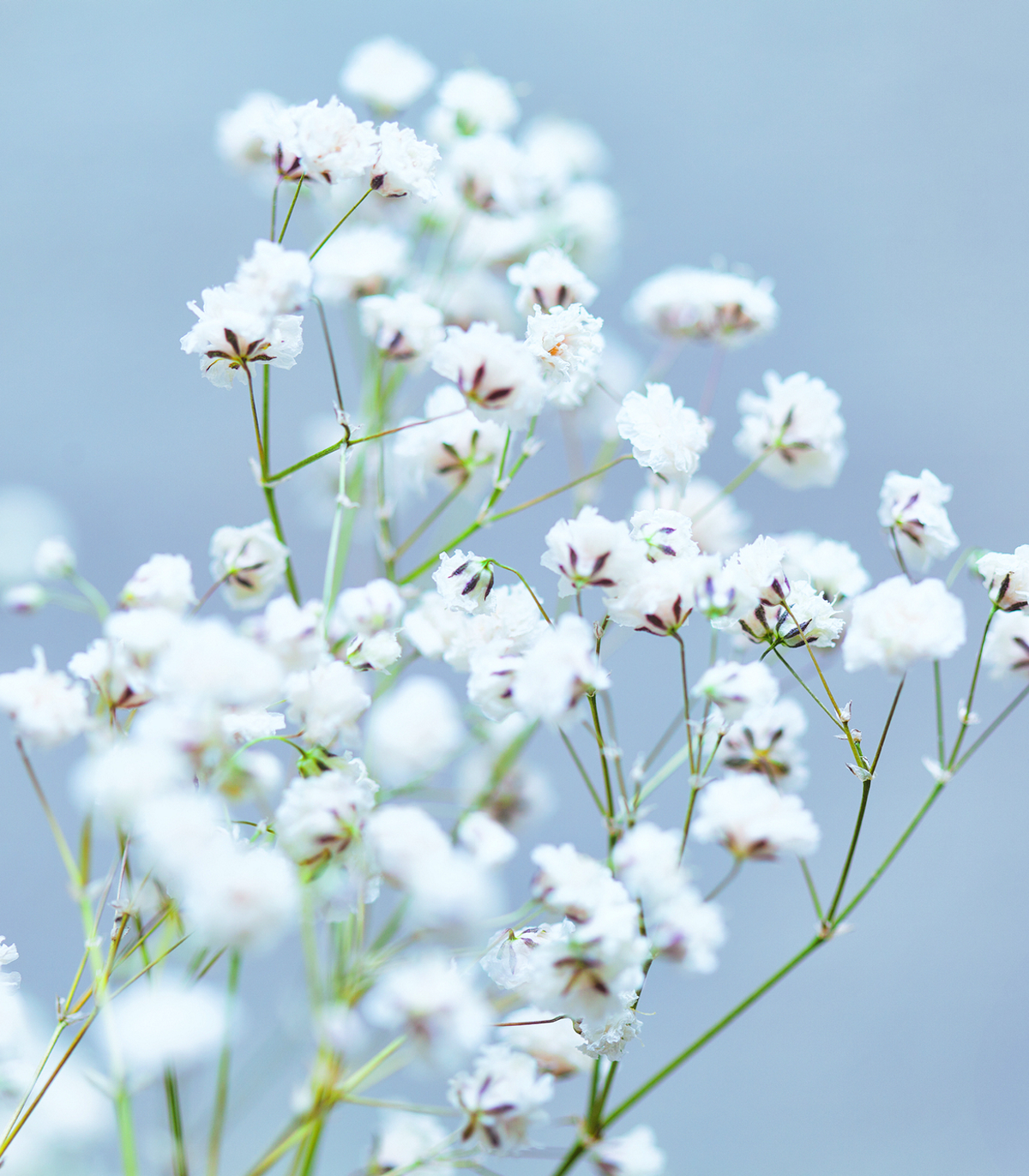
The Secret is in the Soil (Seriously)
If you want to grow anything well, you have to think like the plant. Gypsophila’s wild ancestors grew in wide-open, steppe-like grasslands with poor, rocky, and distinctly alkaline soil. The plant is basically built to thrive where others fail. Remembering that one fact is probably 90% of the battle.
Why It Needs Alkaline Soil
The number one mistake I see people make, time and time again, is planting baby’s breath in acidic soil. It just won’t work. The plant’s roots literally can’t pull up the nutrients they need if the soil pH is too low. In its native habitat, the soil is loaded with natural lime, making it alkaline. For our gardens, we want to aim for a pH somewhere between 7.0 and 7.5. Anything below 6.8, and you’ll get a sad, sickly plant with yellowing leaves and weak stems, no matter how much you fuss over it.
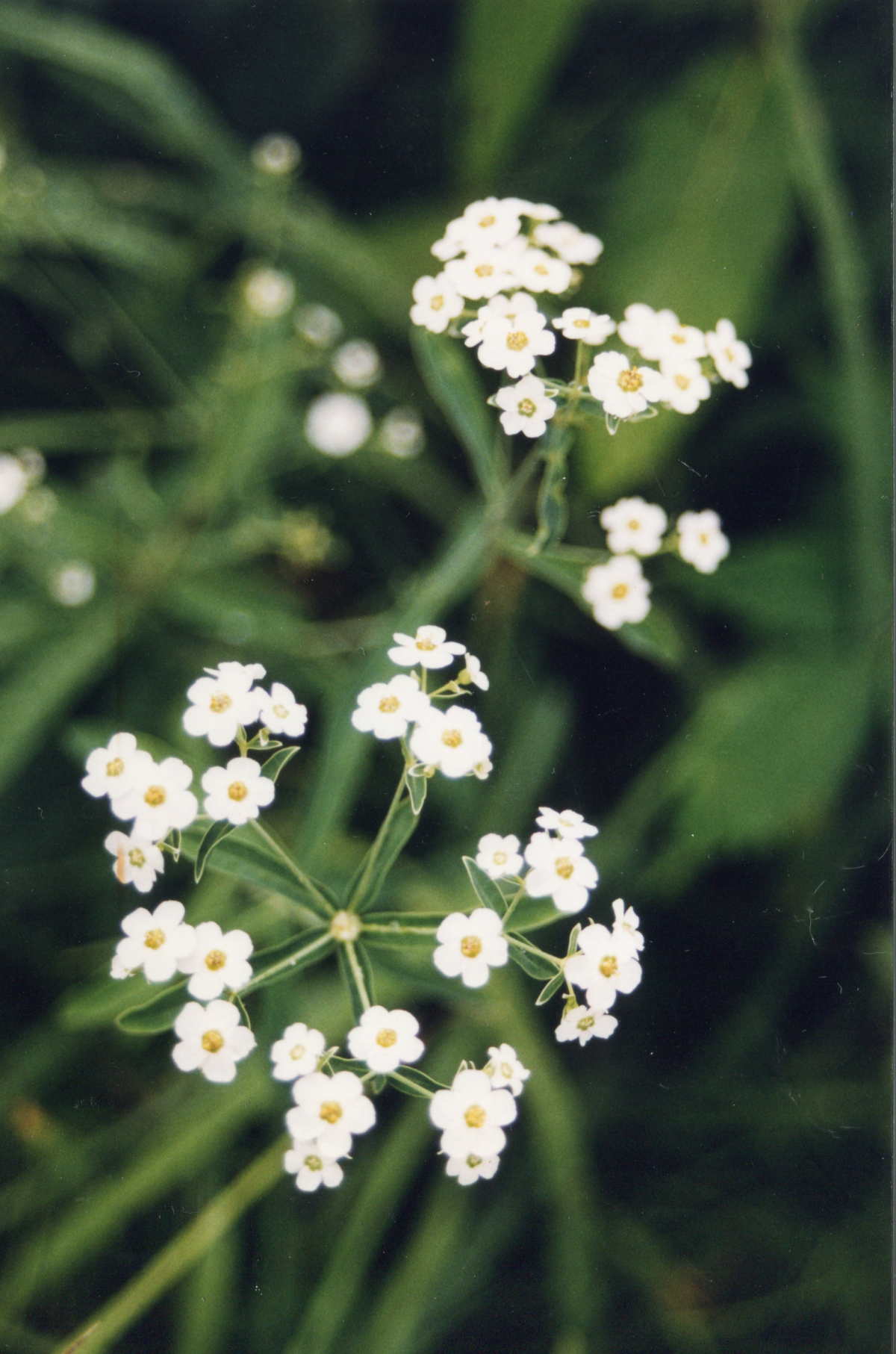
So, before you plant, you HAVE to test your soil. You don’t need a fancy lab; a simple test kit from a garden center or Home Depot works great and usually costs around $15. If your soil is acidic, you’ll need to add garden lime. I lean towards dolomitic lime because it adds both calcium and magnesium. A good rule of thumb is to work in about 5 pounds of lime per 100 square feet to raise the pH by one full point. For really acidic soil, say around 5.5, you’d need to double that. Try to mix it into the top 6-8 inches of soil a few months before planting to give it time to work its magic.
Respect the Taproot!
The classic perennial baby’s breath grows a massive, thick taproot that can dive several feet straight down. It’s like an anchor, and it’s how the plant finds water in dry conditions. This deep root is why established plants are so drought-tolerant. It’s also why they absolutely despise being moved. Trust me on this: once a perennial baby’s breath is more than a year old, trying to transplant it will almost certainly break that vital taproot and kill the plant. Choose its forever home wisely from the get-go.
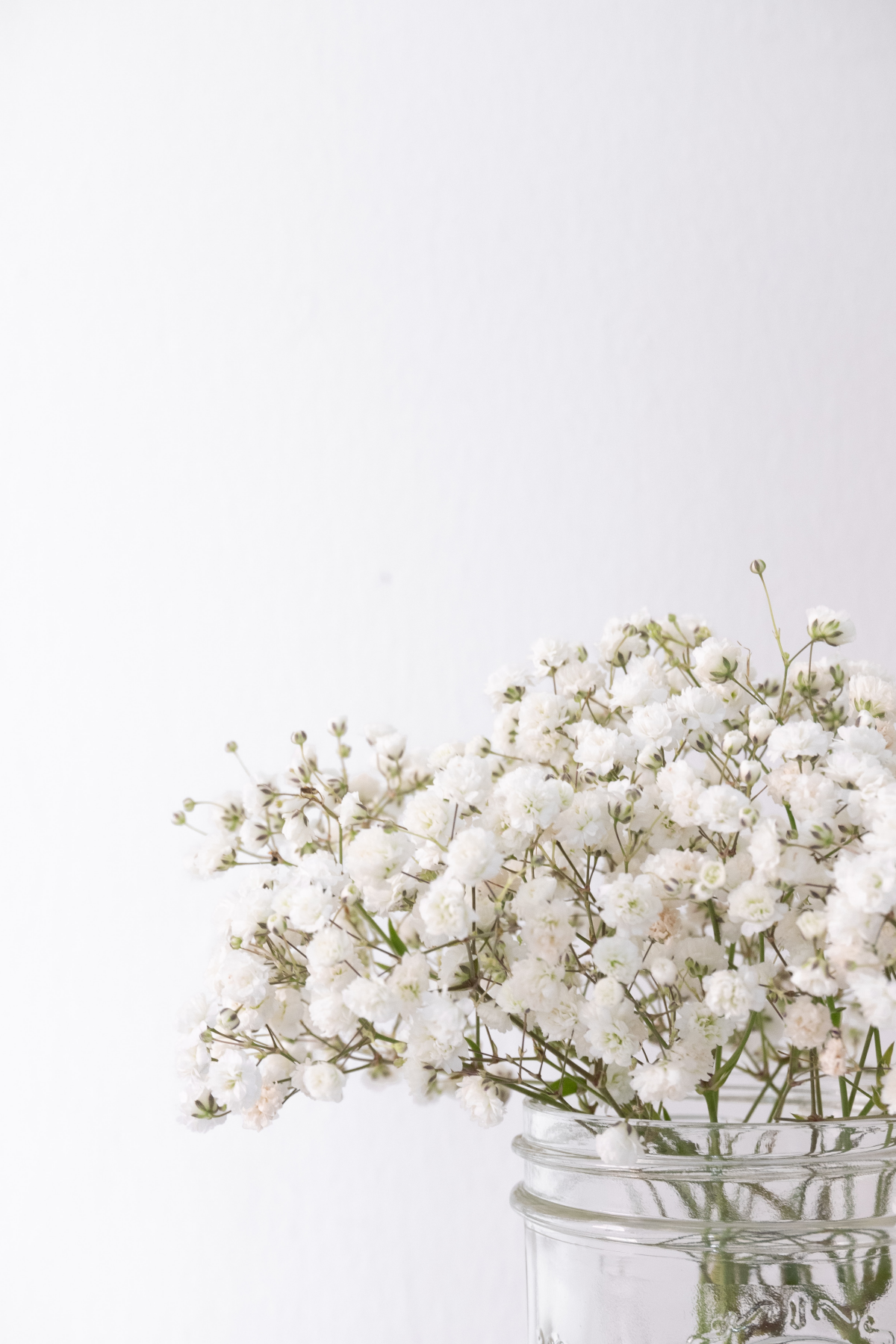
Picking the Right Plant for the Job
Not all baby’s breath is created equal. What are you trying to do? Fill a gap for one summer with a cloud of white, or establish a permanent, shrub-like feature in your garden? Your answer will point you to either the annual or perennial type.
You can get started with a packet of seeds for just a few dollars, which is a super budget-friendly way to get a lot of plants. If you want a specific variety or a head start, buying a small potted plant from a nursery will probably run you between $8 and $15.
- Annual (Gypsophila elegans): This is your quick-and-easy option. It grows fast, puts on a massive show for a few weeks, and then it’s done. It’s perfect for a cutting garden or filling in bare spots. To get flowers all summer, you have to do what we call “succession planting”—just sow a new small batch of seeds every 2-3 weeks.
- Perennial (Gypsophila paniculata): This is the classic, long-haul plant that comes back year after year. It takes a year or two to really hit its stride, but then it’s a reliable showstopper. This is the one with that giant taproot we just talked about.

A Few of My Favorite Cultivars
After working with so many, you definitely start to play favorites. Here are a few that have never let me down:
- ‘Perfecta’: If you want that classic florist look, this is my top pick. It’s a huge improvement on older varieties, with big, double white flowers on much stronger stems. It gets pretty big, reaching about 3 feet tall and 3 feet wide, so give it plenty of elbow room. It still benefits from a little support, but it’s a robust plant.
- ‘Bristol Fairy’: This is the traditional standard, known for its delicate, fully double white flowers. Its biggest downside is that the stems are pretty thin and can easily snap in heavy rain or wind. If you grow this one, staking isn’t a suggestion—it’s a requirement. It also grows to about 3 feet tall and wide.
- ‘Festival Star’: A fantastic choice for smaller gardens or even large containers. It’s much more compact, usually staying around 18 inches tall. The best part? It has an incredibly long bloom time, often flowering from late spring right through to the fall. You won’t get long cutting stems, but you get a constant cloud of white.
- ‘Pink Fairy’: For a touch of color, this one is lovely. It produces soft, dreamy clouds of double pink flowers. Quick tip: It holds its color best in areas without scorching summer heat, as intense sun can make the pink fade out.

How to Make More Plants (Propagation)
You can get more baby’s breath from either seeds or cuttings. Seeds are easy and cheap, but cuttings are the only way to get an exact clone of a special perennial variety like ‘Perfecta’.
Starting from Seed
This is pretty straightforward. The key thing to know is that Gypsophila seeds need light to germinate, so don’t bury them. I just press the seeds onto the surface of my seed-starting mix and then dust a super-thin layer of vermiculite over them. This holds in a bit of moisture but still lets the light through.
For the best head start, I sow them indoors 6 to 8 weeks before the last frost. They like it warm to sprout, around 70°F (21°C), so a heat mat really helps. Keep the soil moist but not soggy—a spray bottle is perfect for this. Once the seedlings have their second set of leaves (the ‘true’ leaves), you can move them into their own little pots. And before they go outside for good, you must harden them off. That means putting them outside for an hour in the shade on the first day, then gradually increasing the time and sun exposure over a week or so. Skipping this step will shock them, and they may never recover.
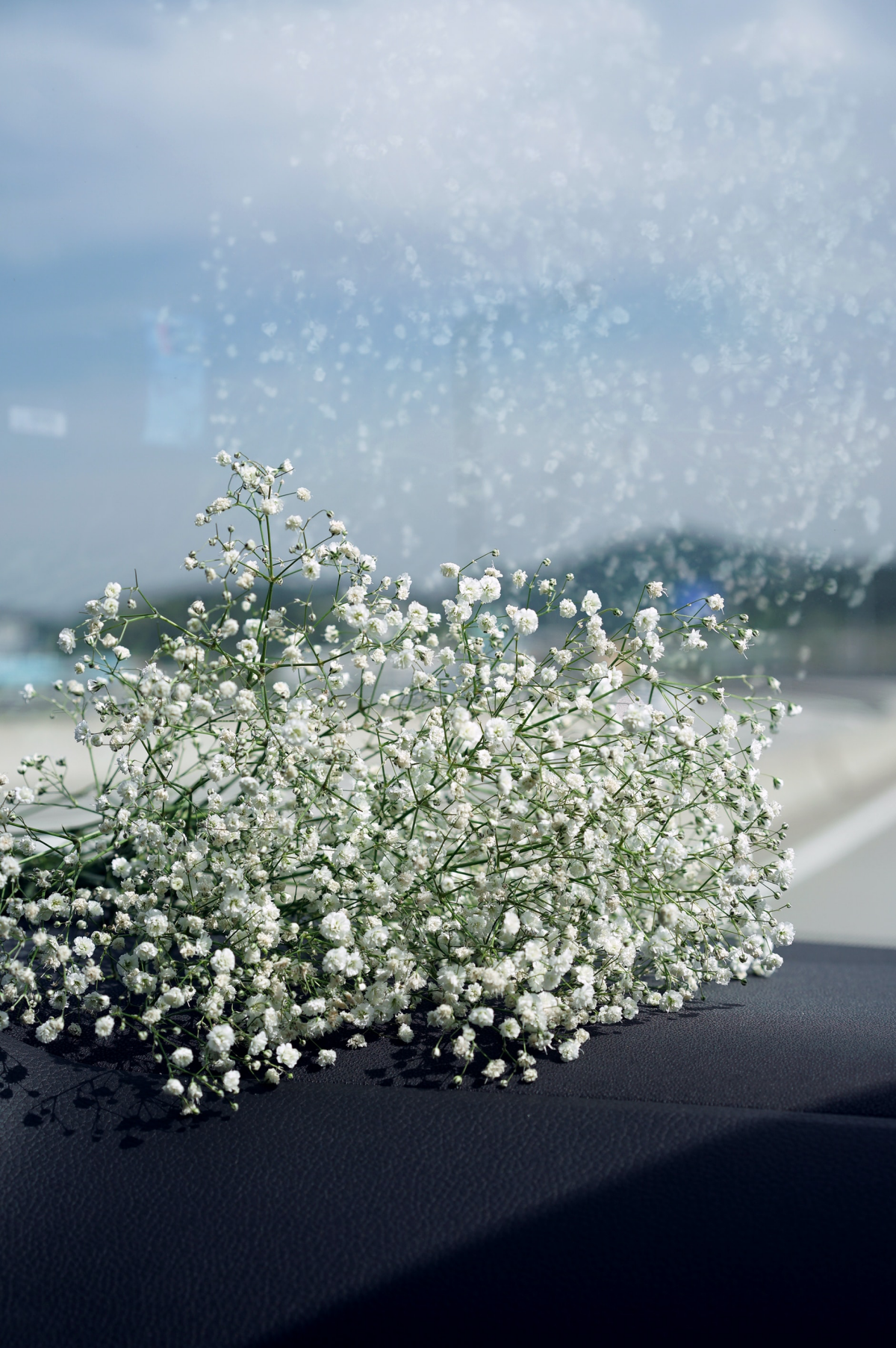
The Pro Method: Basal Cuttings
This is how nurseries propagate those named perennial varieties to make sure they’re all identical. It’s a bit more advanced but very satisfying. You do this in the spring when you see new shoots emerging.
- Find the right shoot: Look for a fresh, new shoot that isn’t trying to make a flower, about 4-6 inches long, coming right from the base of the plant.
- Take the cutting: With a sharp, sterile knife, slice the shoot off just below the soil line. You want to get a tiny piece of the ‘root crown’ with it—that’s the tough, woody knuckle right at the soil line where all the stems originate. This part roots much more easily.
- Prep it: Trim the cutting down to about 3-4 inches and pull off the lower leaves.
- Hormone dip: Dip the cut end in rooting hormone powder. This isn’t strictly necessary, but it dramatically increases your chances of success.
- Plant and wait: Stick the cutting into a pot of moist perlite and sand. Cover the whole thing with a plastic bag to create a mini-greenhouse. Now comes the hard part: patience. It can take 4 to 6 weeks to root, so just leave it alone in a warm, bright spot.
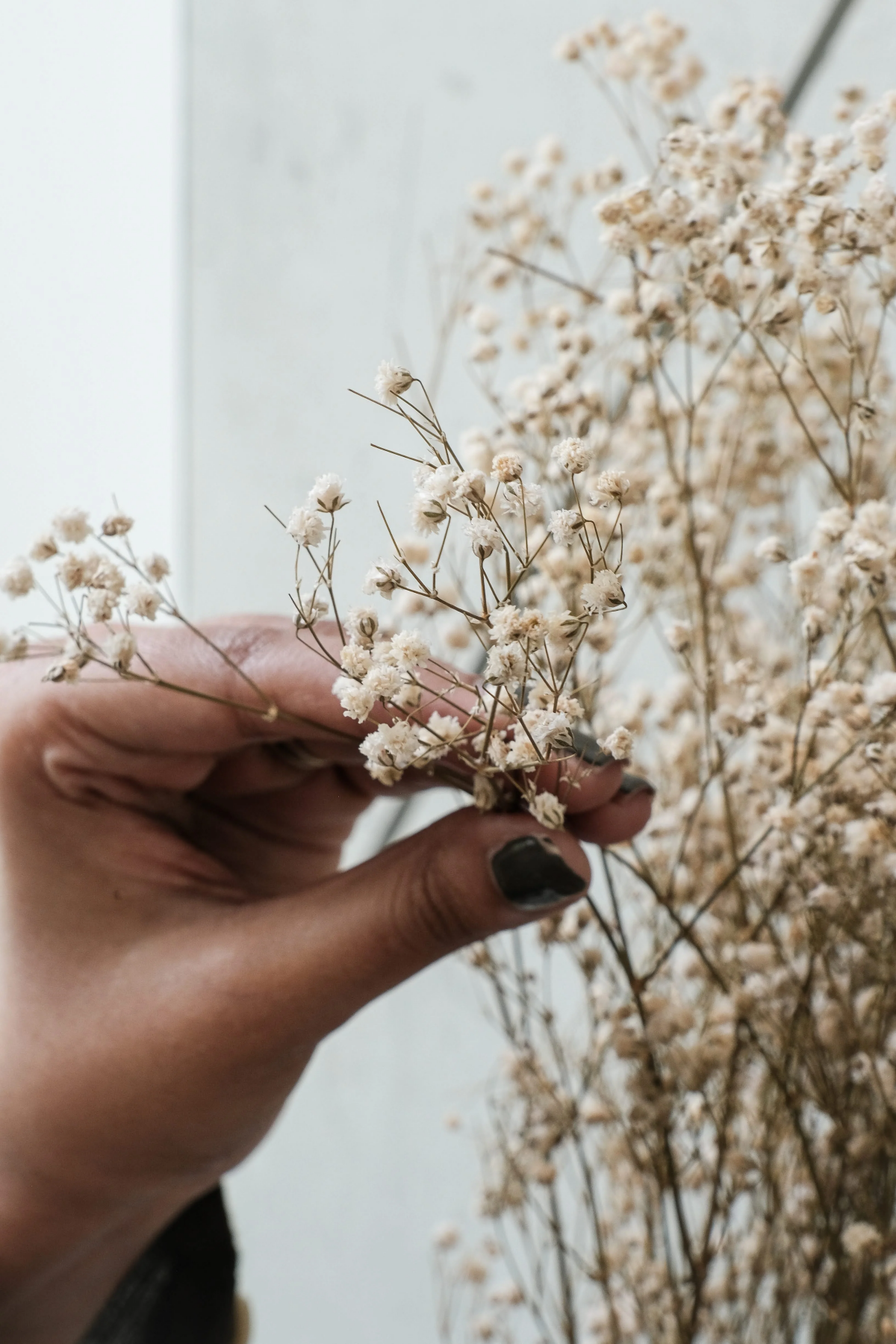
Planting for Long-Term Success
Okay, let’s talk about getting your plant in the ground. I can’t say this enough: the site you choose is everything. A good spot means a happy, self-sufficient plant. A bad spot means you’ll be fighting problems forever.
Before you dig, it’s a good idea to have your supplies ready. You’ll want your shovel, the soil test kit I mentioned earlier, and potentially a bag of dolomitic lime (which is usually under $10 for a 40lb bag at a hardware store) and some coarse sand or pine bark fines if you have heavy clay soil.
Drainage, Drainage, Drainage
We’ve covered the alkaline soil part. Just as important is drainage. Gypsophila will quickly rot in heavy, soggy soil. If you have clay, you have to amend it. My go-to solution is to build a raised bed or at least mound the soil up 8-12 inches. Work in lots of compost and something gritty like coarse sand or small pine bark fines to create air pockets. Heads up: don’t just dig a hole in clay and fill it with nice soil. You’ve basically just created a bathtub that will fill with water and drown the roots.
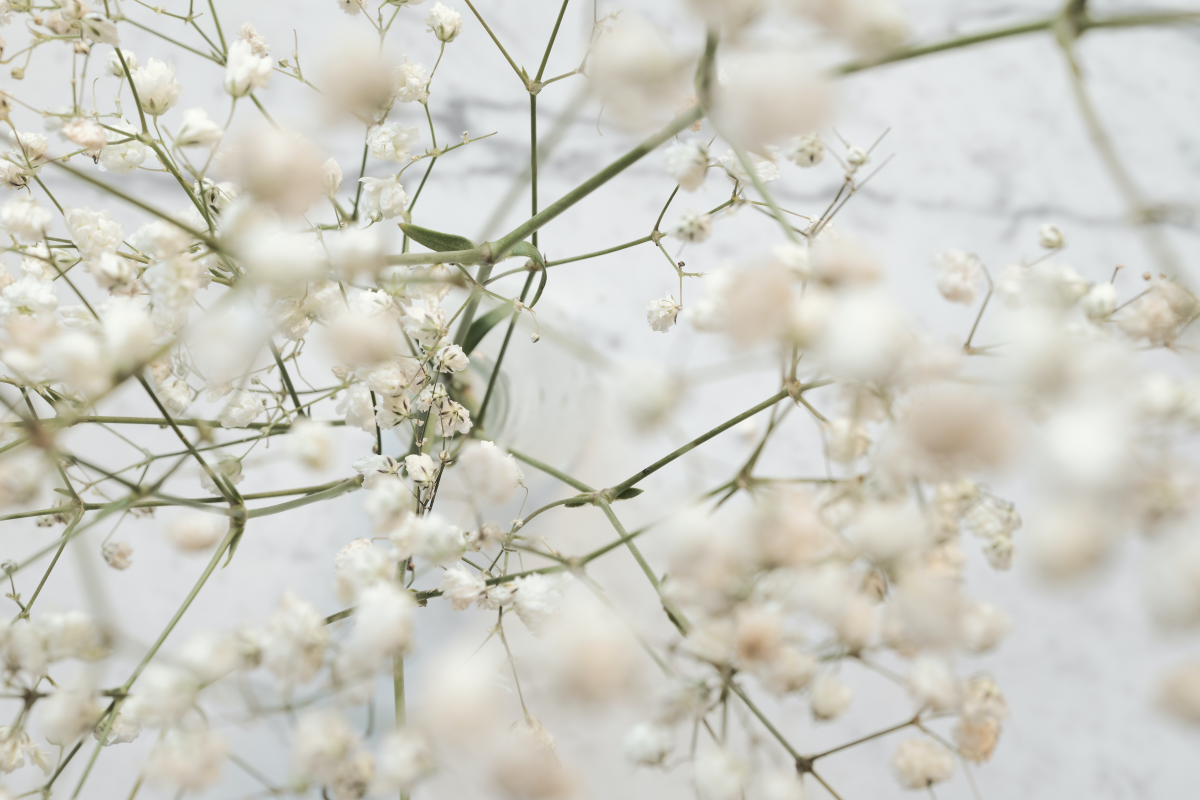
Give It Some Space
Proper spacing is all about plant health. Big perennial types like ‘Perfecta’ can easily grow into a 3-foot-wide bush. Plant them at least 3 feet apart. This gives them good air circulation, which is the single best defense against fungal diseases like gray mold that love damp, stagnant air.
One last planting tip: be super careful not to plant the crown (where stems meet roots) too deep. It should be sitting right at or even a smidge above the soil level. Burying the crown is a surefire way to cause rot.
Care and Maintenance Down the Road
Once it’s established in a good spot, perennial baby’s breath is wonderfully low-maintenance. A little bit of attention goes a long way.
Water and Food
For the first year, water it regularly to help that taproot get established. After that, it’s very drought tolerant. A deep soak every few weeks during a long dry spell is plenty. Always water at the base of the plant, not over the top of the flowers—wet foliage is an open invitation for disease.

When it comes to fertilizer, less is more. Too much nitrogen just gives you a big, leafy green plant with hardly any flowers. I give mine a single feeding in early spring with a low-nitrogen granular fertilizer, something like a 5-10-10 formula. That’s it for the whole year.
The Non-Negotiable Art of Staking
For the tall, double-flowered types, staking isn’t optional. The first big summer rainstorm will turn your beautiful cloud of flowers into a sad, flattened mat. You need to put the support in before the plant gets big.
My favorite method looks way more natural than metal rings. It’s called “pea staking.” In the spring, when the plant is about a foot tall, I just stick a bunch of twiggy branches (birch or dogwood work great) into the ground around it. The plant then just grows up right through the branches, which become totally hidden. The support looks invisible!
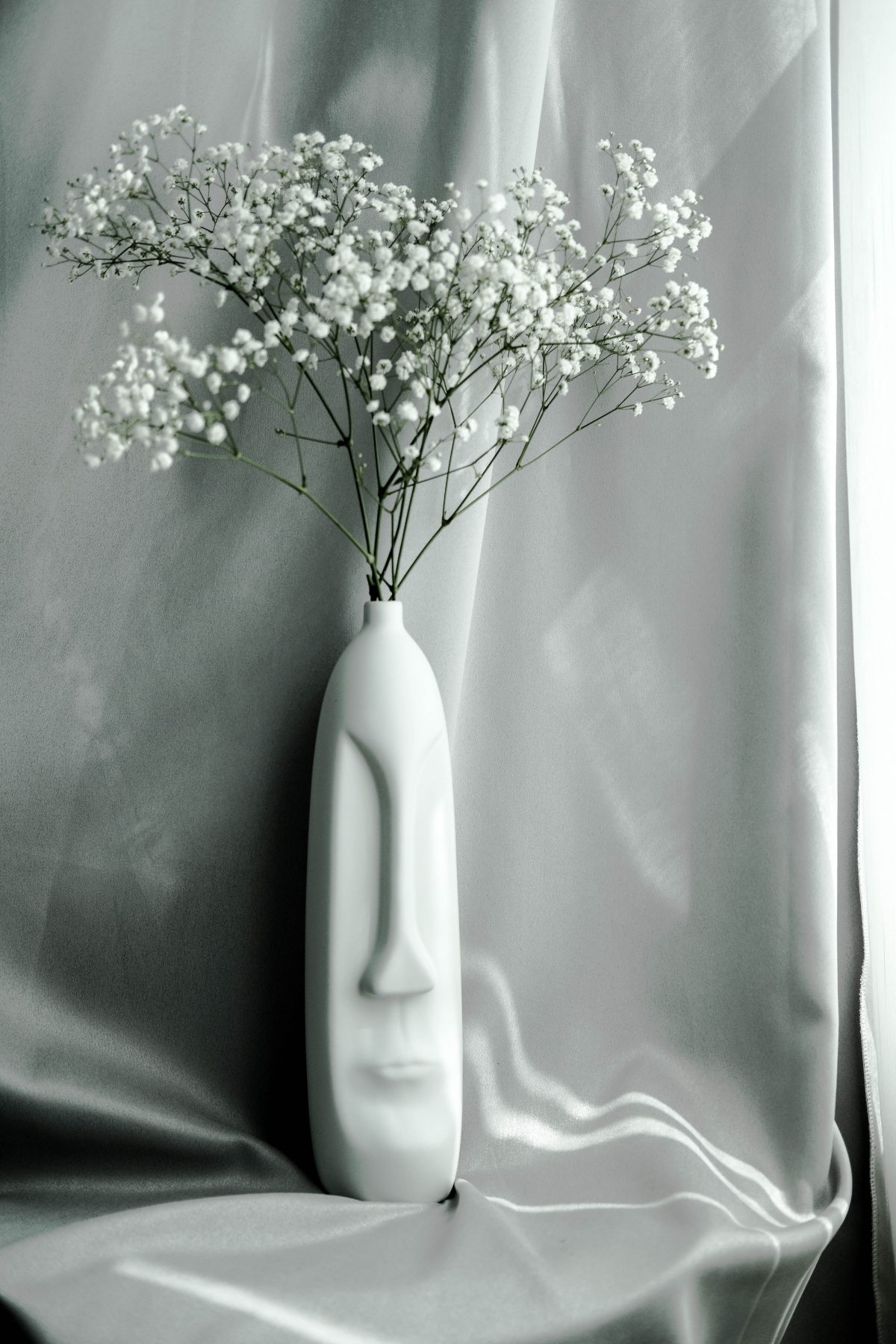
Pruning for a Second Act
After the first big wave of flowers is done, the plant can look a little messy. To encourage a second, smaller flush of blooms in the fall, just take some hedge shears and give the whole plant a haircut, shearing it back by about one-third. This tidies it up and encourages new, flowering growth. (By the way, this only works for the perennial types.)
Fixing Common Problems
Even with the best care, stuff happens. Here’s what to look out for.
- Botrytis Blight (Gray Mold): You’ll see fuzzy gray mold on the stems and flowers, especially in cool, wet weather. Prevention is the cure: give plants enough space and water at the base. If you see it, cut out the infected parts immediately and throw them in the trash, not the compost.
- Root Rot: The plant suddenly wilts and dies. The base will be brown and mushy. This is from poor drainage, and it’s fatal. The only fix is to start over in a better spot.
- Aster Yellows: This is a devastating disease with no cure, spread by tiny insects called leafhoppers. The flowers will be green and distorted, and the leaves will turn yellow. If you see this, you must dig up and destroy the entire plant immediately to keep it from spreading. It’s a really weird-looking disease. If you’re not sure, a quick online search for ‘Aster Yellows on coneflower’ will show you exactly what to watch for.
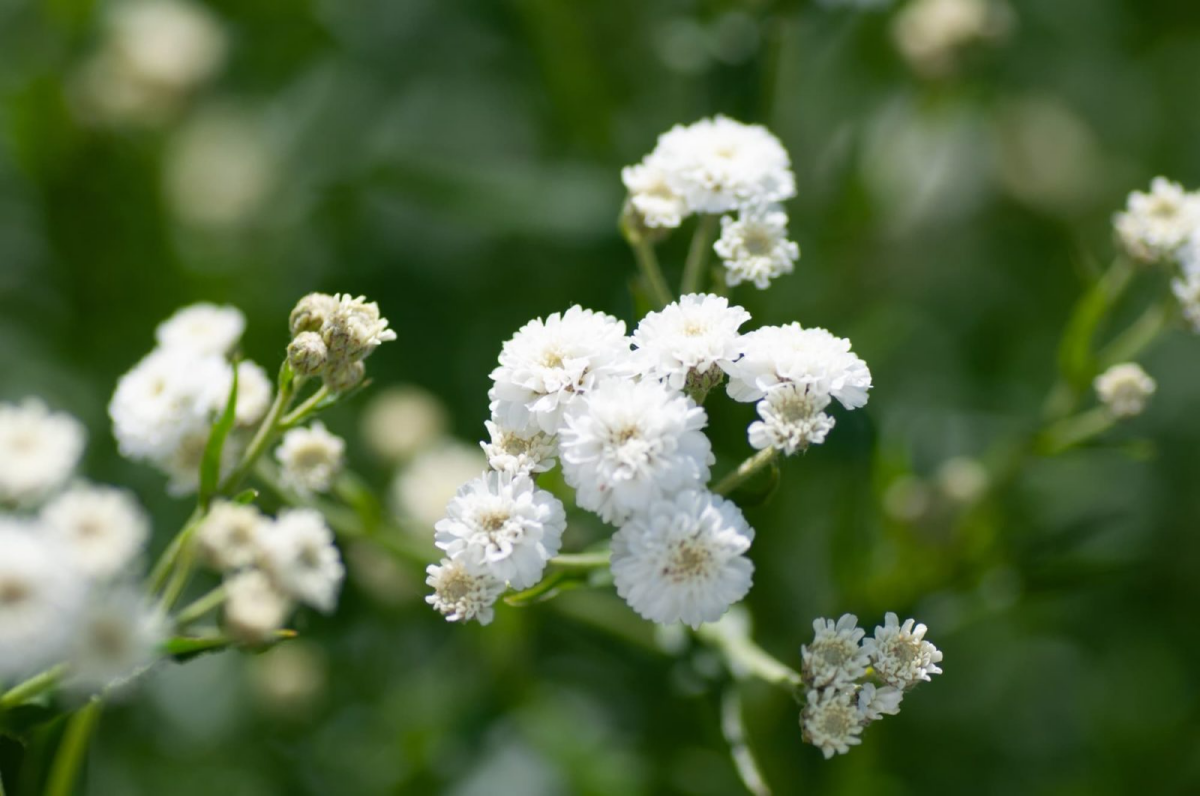
Harvesting Like a Pro Florist
How you cut and handle your flowers is just as important as how you grow them. Good technique can easily add days to their vase life.
When and How to Cut
The best time to harvest is in the morning, after the dew has dried but before the day heats up. The biggest rookie mistake is cutting the stems too soon. You need to wait until at least half of the tiny flowers on a spray are open. What does that look like? The stem should look half-fluffy and white, and half-dotted with little green buds. If it’s mostly green buds, just wait a few more days. Cut stems immediately go into a clean bucket of cool water.
Conditioning for a Long Life
Once inside, strip off any leaves that would sit below the waterline in a vase—they’ll just rot and funk up the water. Then, re-cut the stems at a sharp angle. For best results, do this with the stem end held underwater in a bowl to prevent air bubbles from blocking water uptake. Finally, place them in a vase with a commercial floral preservative. It really works.
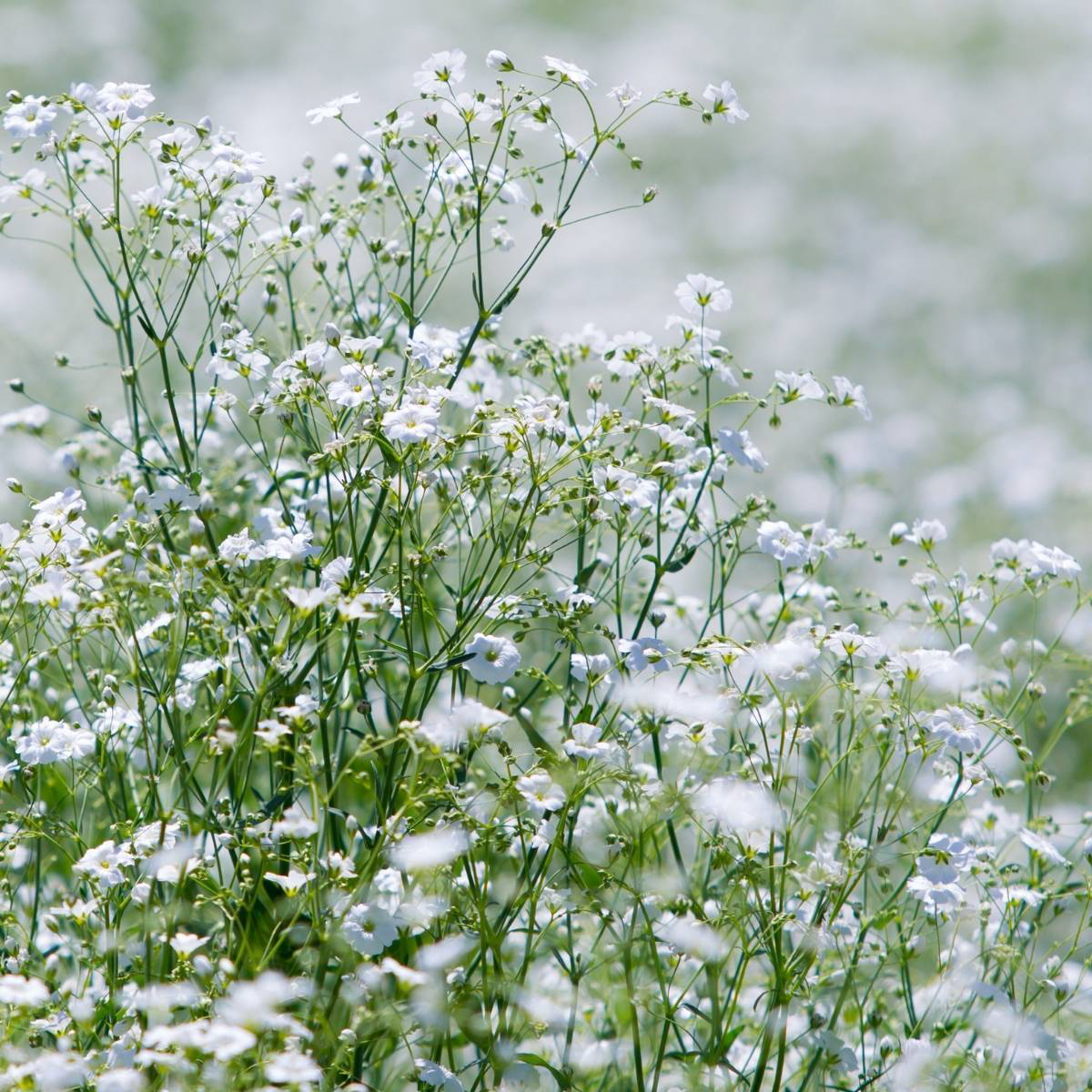
Drying for Everlasting Beauty
Baby’s breath dries like a dream. Just hang small bunches upside down in a dark, dry, warm place with good air circulation, like a closet. The darkness is key—light will make the white flowers turn yellow. In 2-3 weeks, they’ll be perfectly preserved.
A Few Final Thoughts
Where you live matters. In very hot climates, you might have better luck treating baby’s breath as a cool-season annual. In very cold climates (Zones 3-4), it’s not the cold but the wet winter soil that’s the enemy, so make sure your drainage is perfect. If you’re not sure what your growing zone is, just search online for the ‘USDA Plant Hardiness Zone Map’ and you can pop in your zip code. It’s a lifesaver.
A quick word on being a responsible gardener: In some parts of North America, perennial baby’s breath has escaped gardens and become invasive, particularly in the Great Lakes region. Before you plant it, do a quick search for “[Your State] invasive species list” to make sure it’s not a problem where you live. If it is, just stick to the annual varieties, which don’t pose the same risk.
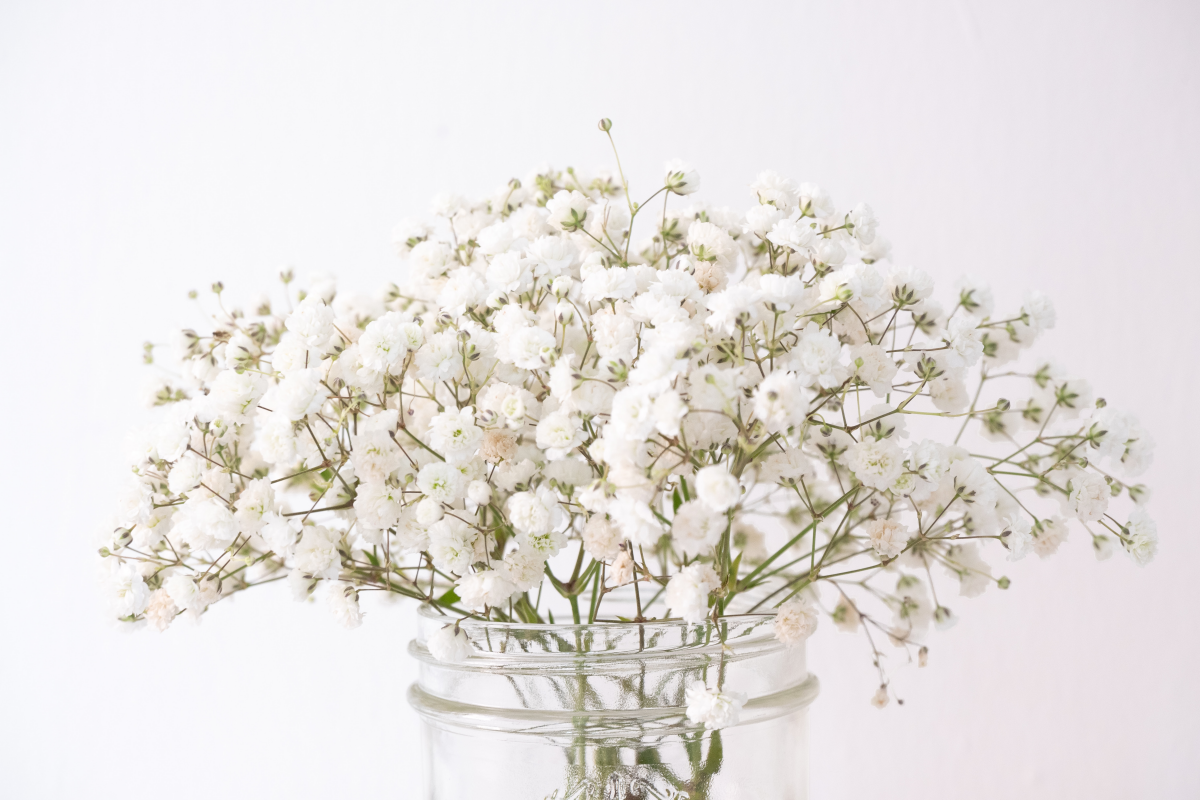
Oh, and a heads-up! The sap can cause mild skin irritation for some people. When I was handling it all day long in the shop, I always wore gloves. It’s a good habit to get into.
Galerie d’inspiration
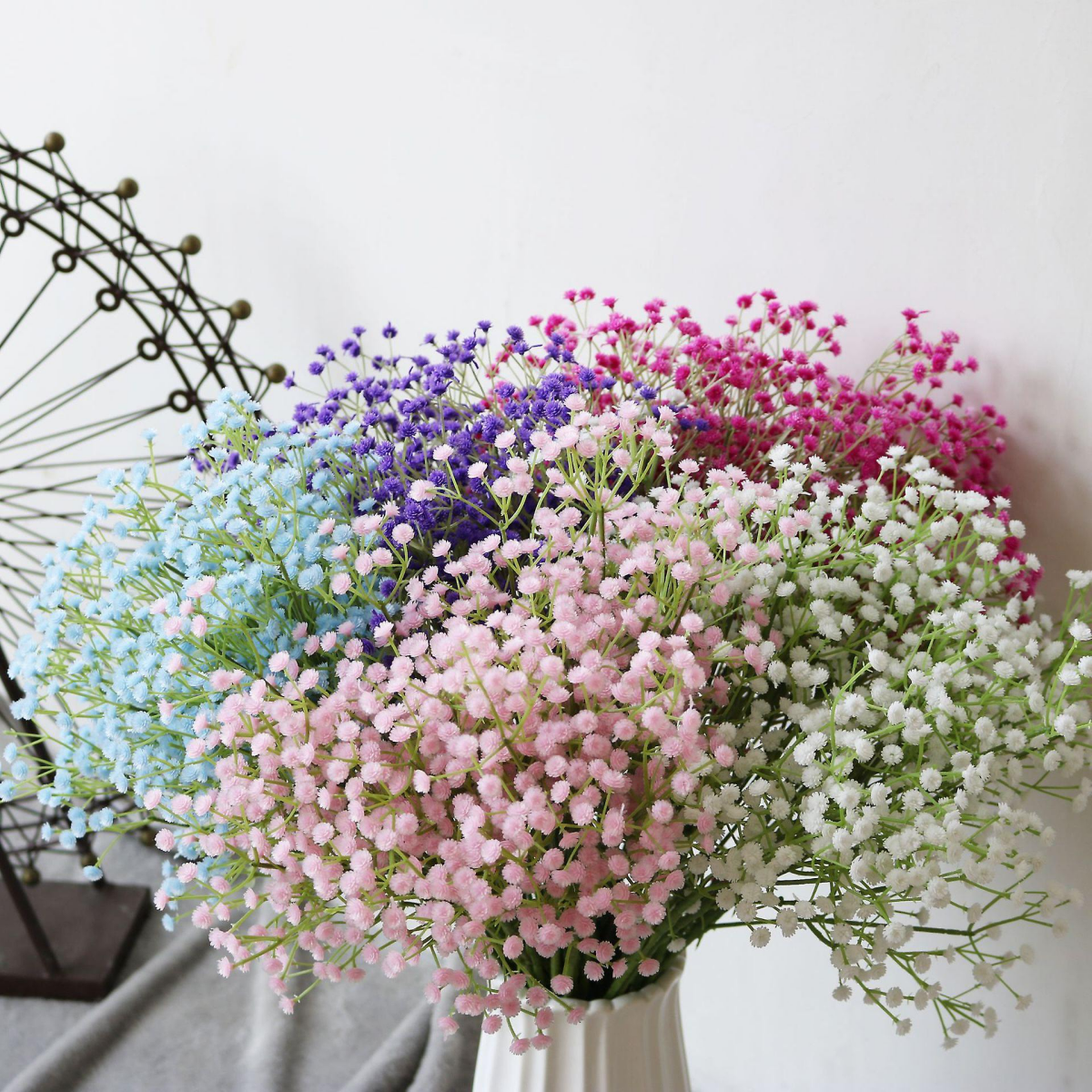
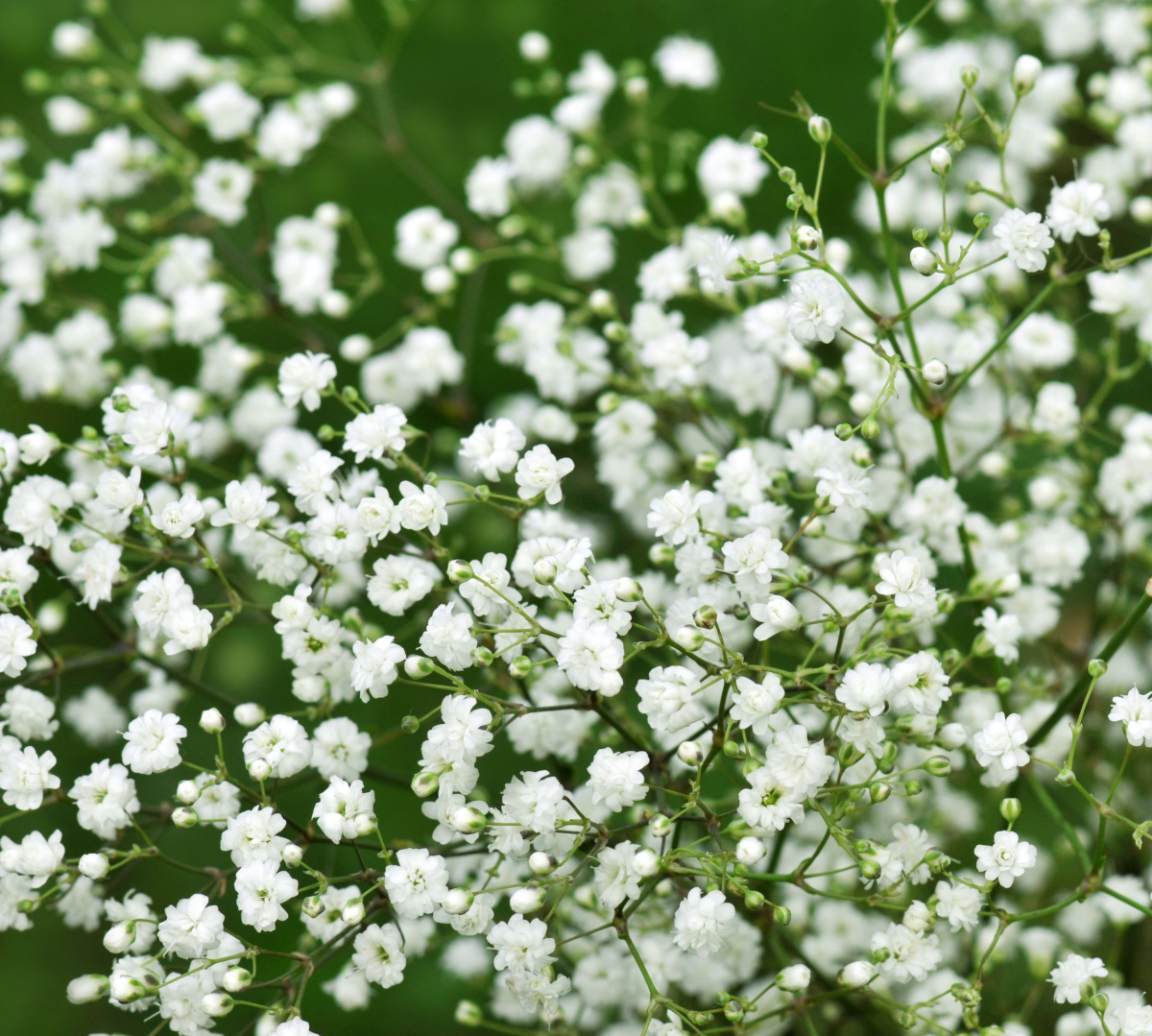
Is it possible to overwater baby’s breath?
Absolutely, and it’s one of the fastest ways to fail. Remember its origins on dry, rocky steppes. Gypsophila despises
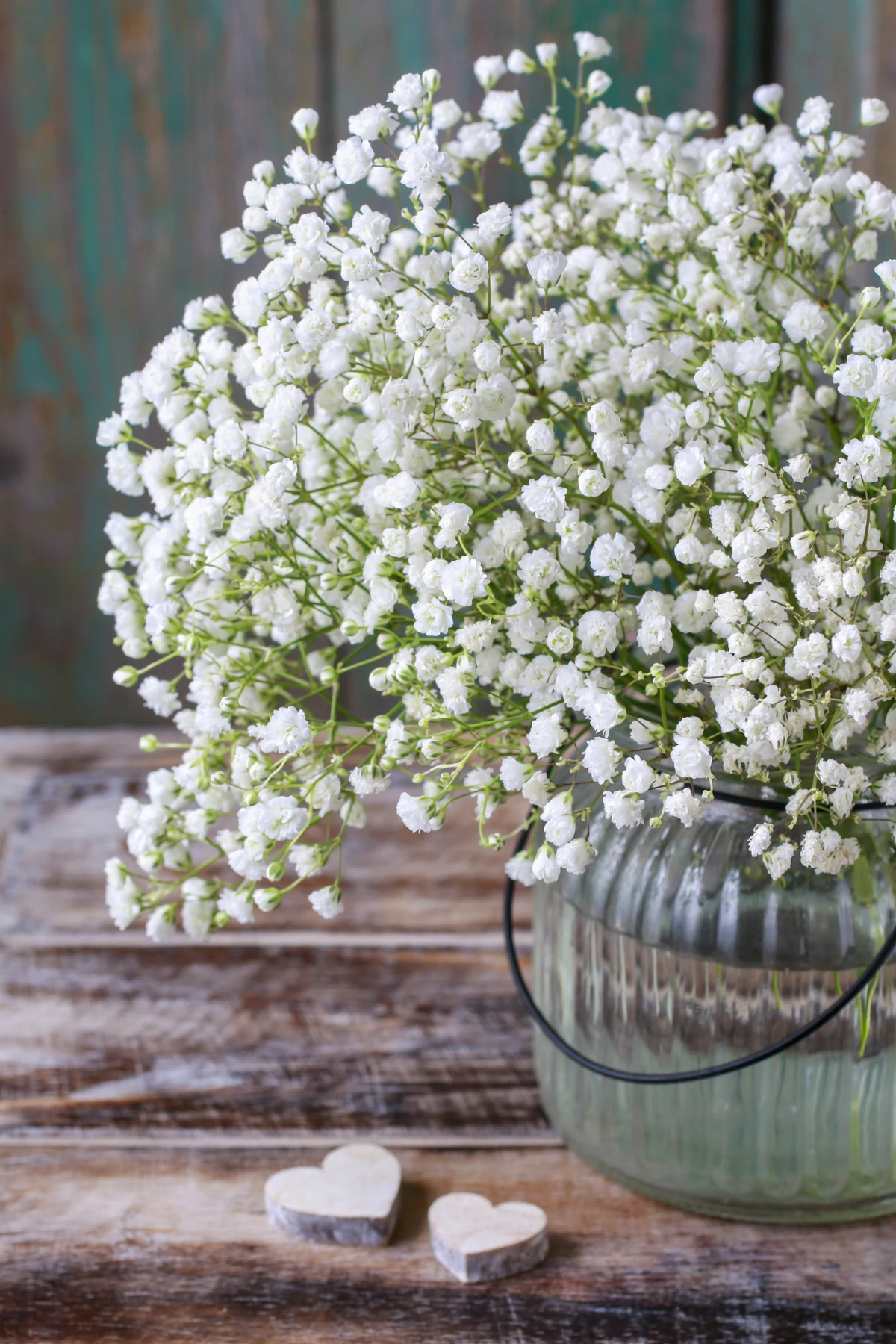
Globally, over 140 species of Gypsophila exist, but only a handful are cultivated for gardens and floristry.
This huge diversity means there’s more to baby’s breath than the classic white filler. For a dramatic garden display, look for Gypsophila paniculata ‘Flamingo’, which boasts beautiful double flowers in a soft, airy pink. Or, for rock gardens and ground cover, the creeping variety, Gypsophila repens ‘Rosea’, forms a low, dense mat of grey-green foliage with delicate pink blooms.
Perennial (Gypsophila paniculata): This is the classic, tall, billowy plant most people picture. It lives for years, forming a deep taproot that makes it very drought-tolerant but difficult to transplant. It’s an investment for a permanent spot in your garden.
Annual (Gypsophila elegans): This variety is quicker to flower from seed but completes its life cycle in one season. It’s a great choice if you want to test a spot, fill temporary gaps, or are growing in containers. The flowers are typically larger but sparser than its perennial cousin.
For a continuous cloud of white all summer, many pros plant both!










